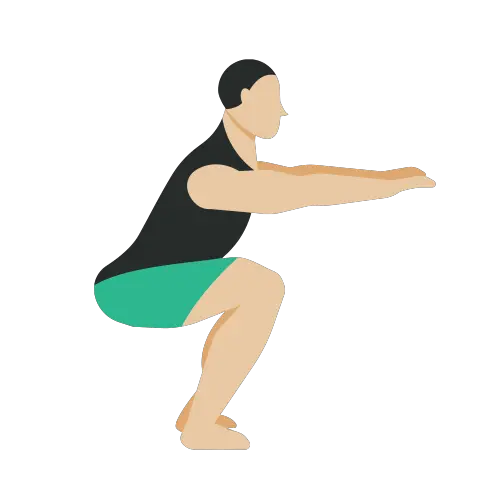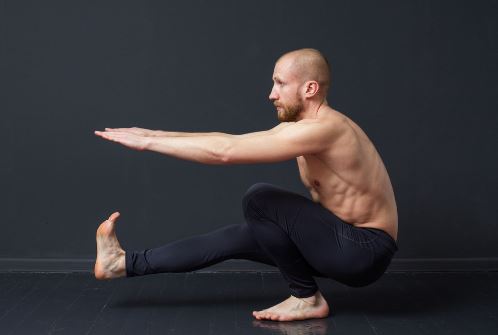Pistol squats are a challenging and effective lower body exercise that targets the quadriceps, hamstrings, glutes, and core muscles. Unlike traditional squats, pistol squats are performed on one leg, requiring strength, balance, and mobility. In this article, we will explore how to properly perform pistol squats, their benefits, and tips for incorporating them into your fitness routine.
Benefits of Pistol Squats
Pistol squats offer numerous benefits, including:
- Improved balance and coordination
- Increased leg strength and muscle activation
- Enhanced mobility and flexibility
- Core stabilization
- Functional strength for daily activities and sports
Preparing for Pistol Squats
Before attempting pistol squats, it’s essential to properly prepare your body. Begin with a thorough warm-up consisting of dynamic movements to increase blood flow and loosen up the muscles. Mobility drills targeting the ankles, hips, and knees can help improve range of motion and prevent injury. Once you learn pistol squats, you can learn dragon squat as well
Step-by-Step Guide on How to Perform Pistol Squats
Step-by-Step Guide Below
- Starting Position: Stand tall with your feet hip-width apart and arms extended in front of you for balance.
- Lift One Leg: Shift your weight onto one leg while lifting the other leg off the ground. Keep the lifted leg straight in front of you, parallel to the ground.
- Descending Phase: Slowly lower your body by bending your knee and hip of the supporting leg. Lower yourself as far as you can while keeping the lifted leg extended in front of you.
- Ascending Phase: Push through the heel of the supporting foot to return to the starting position. Keep your core engaged and maintain control throughout the movement.
- Repeat on the Other Side: Perform the same movement on the opposite leg to complete one repetition.
Common Mistakes to Avoid
- Allowing the knee to collapse inward
- Leaning too far forward or backward
- Losing balance and control
- Skipping the proper warm-up and mobility work
Progressions and Variations
For beginners, start by holding onto a stable surface for support or using a lower surface to squat onto. As you gain strength and confidence, gradually decrease the assistance until you can perform the pistol squat unassisted. Variations such as adding weight or performing pistol squats on an elevated surface can increase the challenge.
Safety Tips
- Start slowly and progress gradually to avoid overloading the muscles and joints.
- Listen to your body and stop if you experience pain or discomfort.
- Consult with a fitness professional if you have any underlying health conditions or injuries.
Incorporating Pistol Squats into Your Workout Routine
Pistol squats can be incorporated into your lower body or full-body workout routine. Start with 2-3 sets of 5-10 repetitions per leg and gradually increase the intensity as you get stronger. Pair pistol squats with other lower body exercises for a well-rounded workout.
Conclusion
Pistol squats are a challenging yet rewarding exercise that can help improve strength, balance, and mobility. By following the proper technique, progressing gradually, and listening to your body, you can master the pistol squat and reap its many benefits. Also, check out cable squats if you are trying to learn squats.
While pistol squats can be challenging, beginners can start with assisted variations and progress gradually.
Yes, pistol squats require significant flexibility in the ankles, knees, and hips, making them an excellent exercise for improving overall flexibility.
Aim to incorporate pistol squats into your workout routine 2-3 times per week, allowing for adequate rest and recovery between sessions.
Start with partial range of motion or assisted variations and gradually work towards performing a full pistol squat.
Individuals with knee issues should consult with a healthcare professional before attempting pistol squats and may need to modify the exercise to suit their needs.

